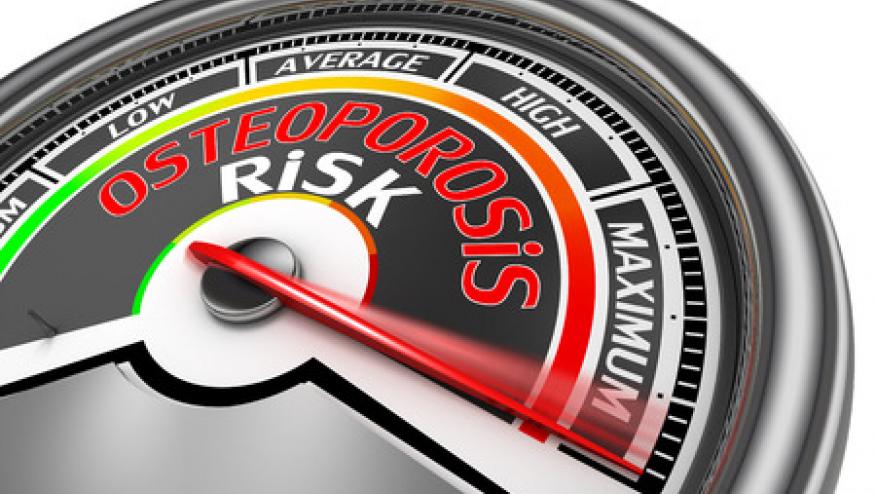2017 ACR Guideline on Glucocorticoid-Induced Osteoporosis Save

The American College of Rheumatology has updated its 2010 guideline for the prevention and treatment of glucocorticoid-induced osteoporosis (GIOP). The guideline provides recommendations on assessing fracture risk and treatment for adults and special patient populations including women of childbearing potential, adults treated with very high-dose glucocorticoids, adults with organ transplants, and children ages 4-17.
"The guideline provides direction for clinicians and patients in making treatment decisions about management decisions in patients with or at risk for GIOP," said principal investigator Lenore Buckley, MD, MPH. "Clinicians and patients should employ a shared decision-making process that accounts for patients' values, preferences and comorbidities."
For all age groups, the panel's strong recommendations are:
- Optimize calcium and vitamin D intake and implement lifestyle modifications, such as weight-bearing and strength-building exercise, smoking cessation and limiting alcohol intake.
- Treat men and women not of childbearing potential at moderate to high fracture risk with, in order of preference, oral bisphosphonates, IV bisphosphonates, teriparatide, denosumab. Raloxifene is recommended for postmenopausal women for whom none of the other medications are appropriate.
For special populations, conditional recommendations are:
- For adult women of childbearing potential at moderate to high risk who are not planning a pregnancy during osteoporosis treatment, treat with oral bisphosphonates; if an alternate option is needed due to lack of success with oral bisphosphonates, choose teriparatide, because of its short duration of action.
- For solid organ transplant patients who are continuing glucocorticoid treatment and have a GFR (glomerular filtration rate) >30, treat according to the recommendations for their age group. Evaluate renal transplant patients for metabolic bone disease, and avoid denosumab due to the lack of data about infection risk in people on multiple immunosuppressive agents.
- For children 4–17 years old, optimize calcium and vitamin D intake, and add oral bisphosphonates if the child has sustained an osteoporotic fracture and is continuing glucocorticoids at ≥0.1 mg/kg for ≥3 months. Use IV bisphosphonates if oral treatments are not appropriate for these patients.
- For patients who are treated with very high-dose glucocorticoids (≥30 mg of prednisone and a cumulative dose of >5 g in a year) and are age 30 or older, treat with oral bisphosphonates.
Special considerations during osteoporosis treatment include:
- For those who fail treatment or have a fracture after 18 months of oral bisphosphonate or have a significant BMD loss of more than 10 percent a year, treat with teriparatide or denosumab, or use IV bisphosphonates if failure is due to poor adherence or absorption.
- For patients who have completed oral bisphosphonate treatment but remain at high fracture risk, continue an active treatment.
- For patients who have discontinued glucocorticoid treatment, stop osteoporosis treatment if reassessment shows they are now at low risk, or complete the treatment if they are at moderate to high risk for fracture.
The ACR first published GIOP recommendations in 1996 and has updated these guidelines (first in 2001, then again in 2010) as new techniques for assessing fracture risk and new information about risk factors and therapies became available. For this new guideline, a systematic literature review was conducted to synthesize the evidence for the benefits and harms of GIOP prevention and treatment options. The committee used the Grading of Recommendations Assessment, Development and Evaluation (GRADE) methodology to rate the quality of evidence. A group consensus process was then used to determine the final recommendations and their grade strength.
The complete guideline is available on the ACR website at: http://buff.ly/2r9lBYA










If you are a health practitioner, you may Login/Register to comment.
Due to the nature of these comment forums, only health practitioners are allowed to comment at this time.